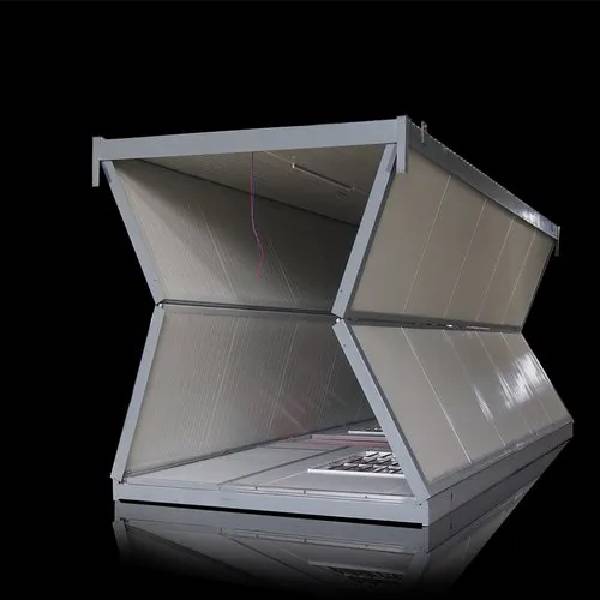Hydropower Is an Environmentally Friendly and Cost-Effective Energy Source
 |
| Hydropower |
In
order to create electricity, hydropower converts mechanical energy found in
water into electrical energy. Gravitational potential energy and kinetic energy
are typically present in the environment, and these two types of energy can be
used to power a generator. Notably, this does not generally refer to the energy
that comes from flowing water in the form of tides. Tidal power is the word
used to describe the process of generating energy from the tides. The elevation
head, also known as the height difference between the head race and tail race,
is used to calculate the amount of potential energy stored in a body of water
at a hydroelectric dam (part of the hydraulic head).
The global Hydropower
Market was valued at US$ 201.4 Bn in 2021 and is forecast to reach a value
of US$ 337.7 Bn by 2030 at a CAGR of 5.9% between 2022 and 2030.
Since
ancient times, people have understood and utilised hydropower's advantages.
Hydro plants are a flexible and dependable source of backup power during
significant power outages or interruptions, in addition to being a clean and
economical source of energy. They may rapidly supply electricity to the system.
The
term "power," sometimes known as "water power," refers to
the use of falling or swiftly flowing water to generate energy or drive
machinery. This is accomplished by generating electricity from a water source's
gravitational potential or kinetic energy. A means of producing sustainable
energy is power. Since the beginning of time, irrigation and the functioning of
mechanical devices including gristmills, sawmills, textile mills, trip hammers,
dock cranes, residential lifts, and ore mills have been powered by electricity
from watermills. A trompe, which generates compressed air from falling water,
is occasionally used to remotely power other machinery. In addition to being
employed as one component of an energy storage system known as pumped-storage
hydroelectricity, hydropower is currently primarily used to generate
hydroelectric power.



Comments
Post a Comment